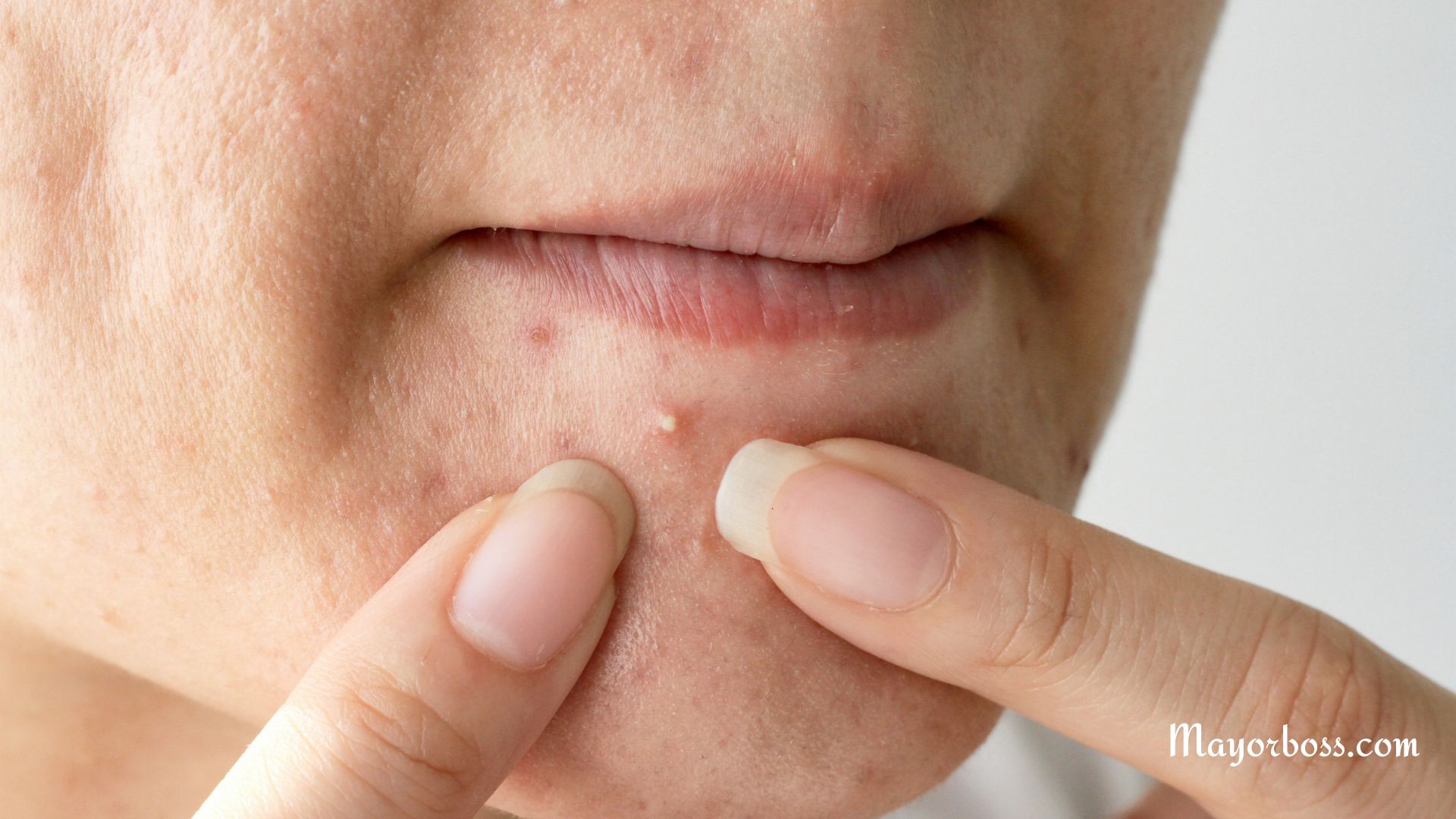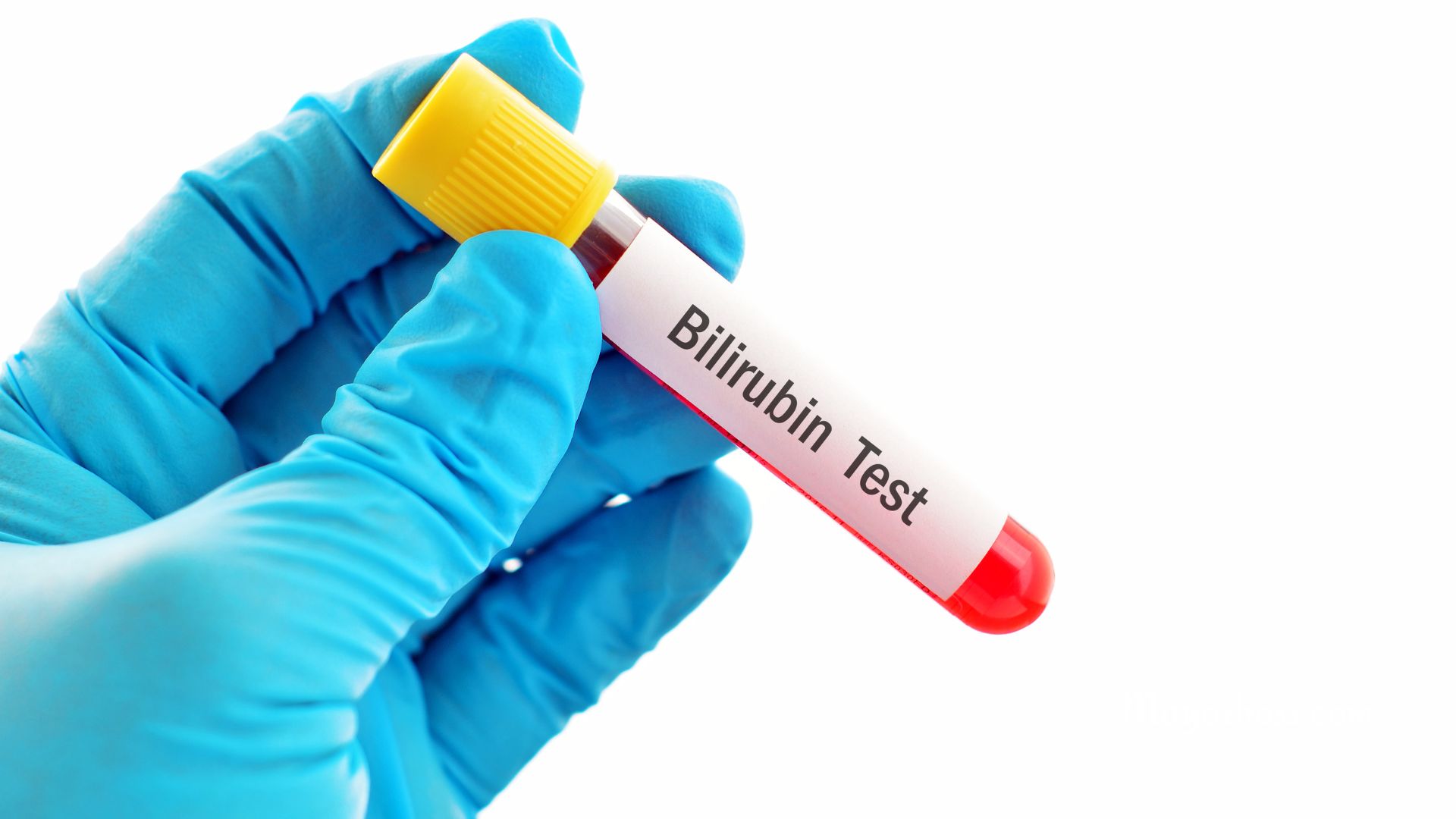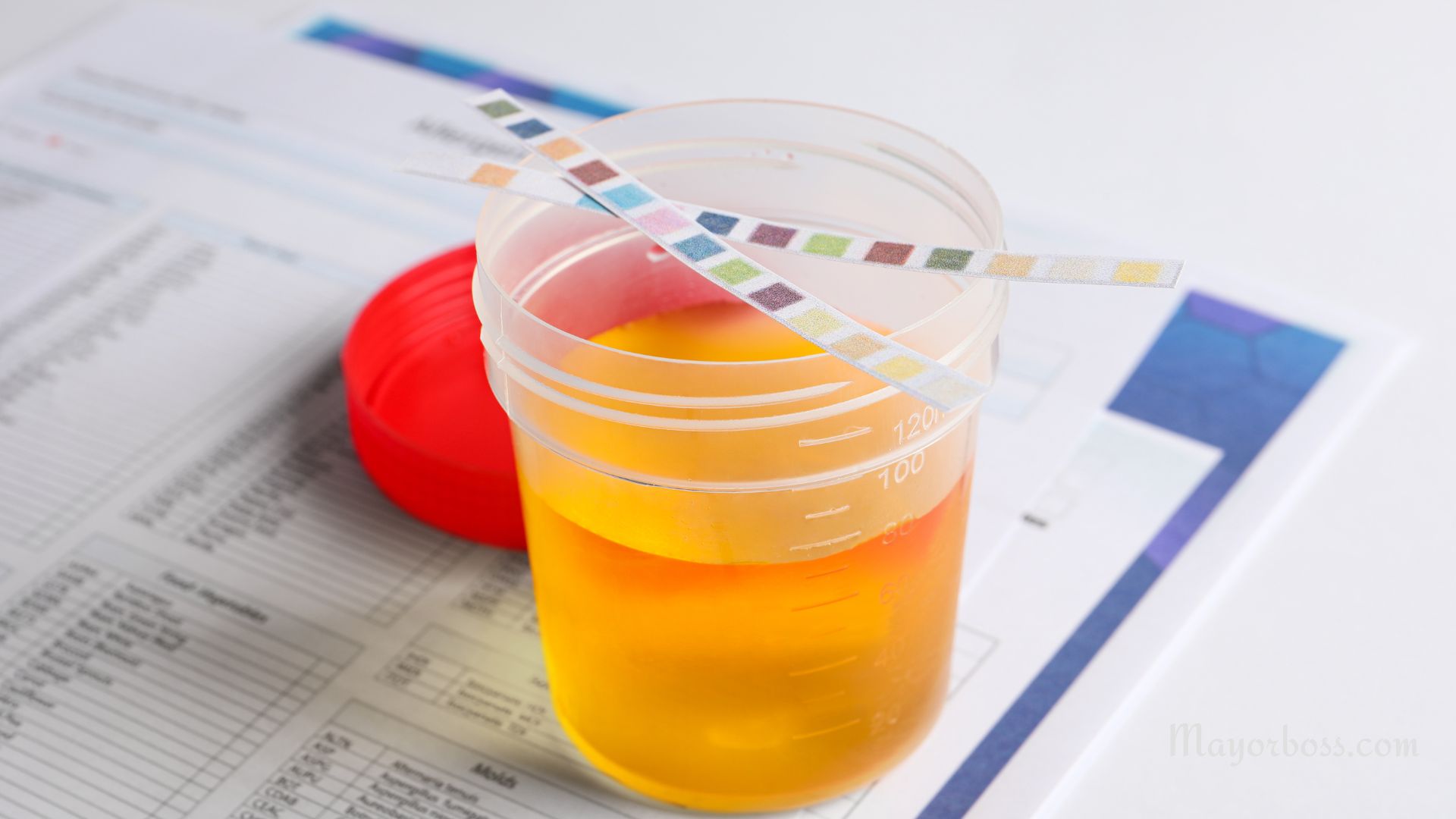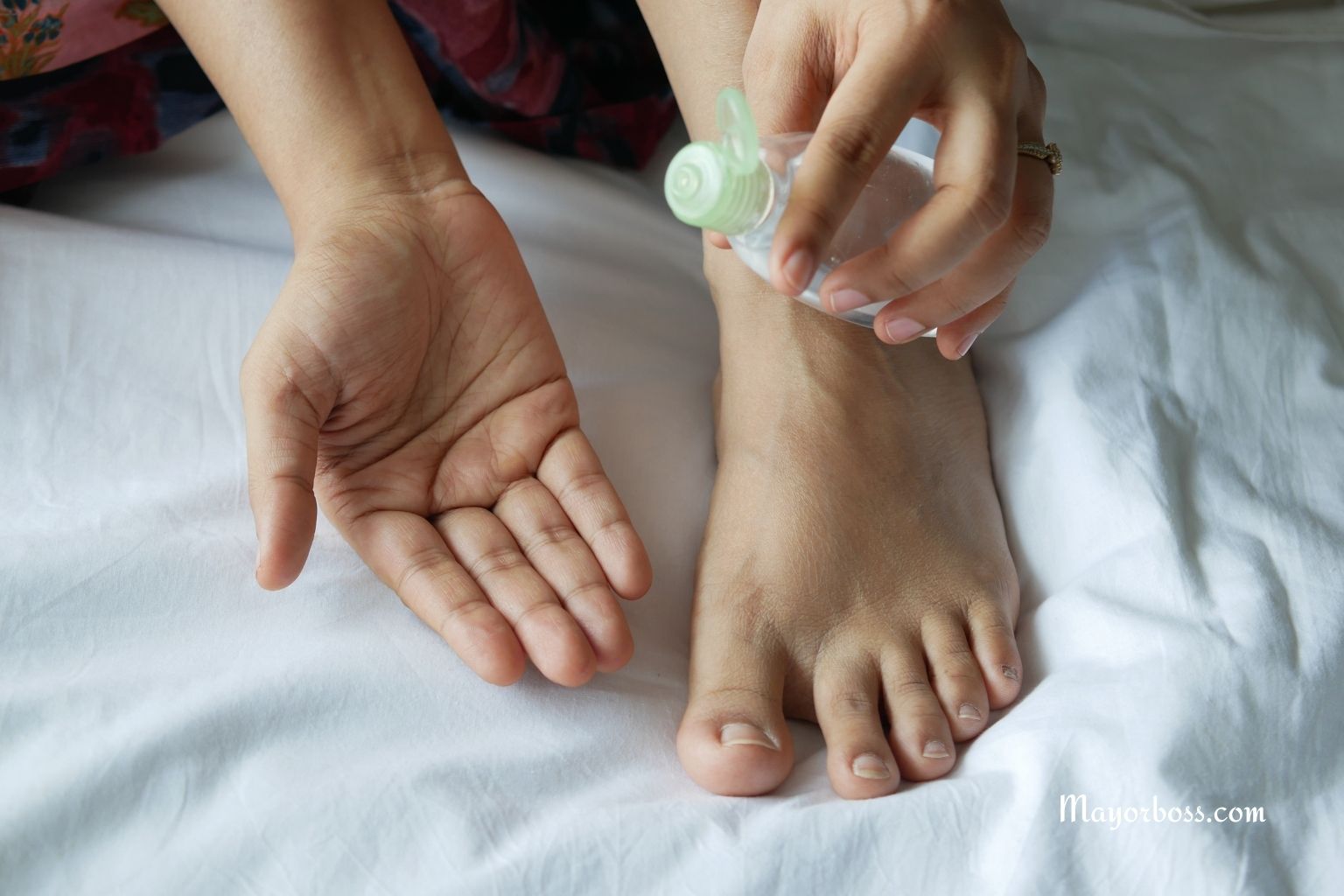What is Pus?
Understanding the nature of pus, a common yet often misunderstood substance, is crucial for grasping the body’s response to infection and injury. In this article, we’ll delve into what pus is, its causes, composition, and its role in the healing process. This knowledge can empower you to better handle situations where pus is present and appreciate the remarkable ways our bodies fight infection.

The Basics of Pus
Pus is defined as a thick, yellowish, or greenish liquid produced in response to an infection. It’s a mixture of white blood cells, dead tissue, and bacteria or other pathogens. Pus is a sign that your body is fighting off an invader.
Composition of Pus
The primary components of pus are:
- White Blood Cells (Leukocytes): These are the body’s primary defense against infection. Neutrophils, a type of white blood cell, are often the most abundant in pus.
- Dead Tissue and Cells: As the body fights infection, some cells inevitably die. This cellular debris contributes to the consistency of pus.
- Pathogens: Bacteria, viruses, or fungi that caused the infection may be present in the pus.
- Proteins and Fluids: These are byproducts of the immune response and inflammation.
Causes of Pus Formation
Pus is most commonly associated with bacterial infections. When your body detects harmful bacteria, it sends white blood cells to the site to fight off the infection. This battle between your immune cells and the bacteria results in the formation of pus.
Common Conditions Associated with Pus
- Abscesses: These are pockets of pus that form in response to an infection.
- Boils: A type of skin infection that starts in a hair follicle or oil gland.
- Infected Wounds: Cuts or scrapes that become contaminated with bacteria can produce pus.
- Dental Infections: Infections in the teeth or gums often lead to pus formation.
- Pimples (Acne): A familiar form of pus production, pimples occur when oil glands or hair follicles become clogged and infected, leading to swollen, red lesions filled with pus.
Pus and the Healing Process
While it might seem unpleasant, the presence of pus can be a positive sign. It indicates that your body is actively fighting an infection. The process typically involves:
- Immune Response: White blood cells rush to the site of infection.
- Pus Formation: As white blood cells attack the pathogens, pus forms as a byproduct.
- Healing: Once the infection is under control, the body reabsorbs the pus or it drains away, and healing continues.
Pus in Pimples
Pimples are a prime example of pus formation as a natural immune response:
- Blockage and Infection: Pores clogged with oil, dead skin cells, and bacteria.
- Immune Response: White blood cells attack the bacteria, forming pus.
- Healing Process: The pimple resolves as the immune system clears the infection, and the pus is reabsorbed or drained.
When to Seek Medical Attention
It’s important to monitor pus-producing infections. If you notice any of the following, it’s time to consult a healthcare provider:
- Increasing Redness or Swelling: Signs the infection may be spreading.
- Fever or Chills: Indicate a systemic infection.
- Pain: Severe or increasing pain may be a sign of a worsening infection.
- Pus in Internal Infections: Such as in the lungs or urinary tract, which can be serious.
Treatment for Pus-Producing Infections
Treatment depends on the severity and location of the infection. Common approaches include:
- Antibiotics: For bacterial infections.
- Incision and Drainage: For abscesses or boils.
- Good Hygiene: Keeping the infected area clean and covered.
- Warm Compresses: To help reduce inflammation and promote drainage.
Preventing Pus-Producing Infections
Prevention is always better than cure. Here are some tips:
- Maintain Good Hygiene: Regular hand washing and wound care.
- Avoid Sharing Personal Items: Such as towels or razors.
- Stay Healthy: A strong immune system can fend off infections.
- Vaccinations: Keep up with recommended vaccines.
Conclusion
Pus, while often seen as a sign of trouble, is actually a testament to the body’s remarkable ability to fight infection. Understanding its role in the healing process and knowing when to seek medical intervention can be key to effective treatment and recovery. Remember, maintaining good hygiene and health practices is your first line of defense against infections that lead to pus formation.






